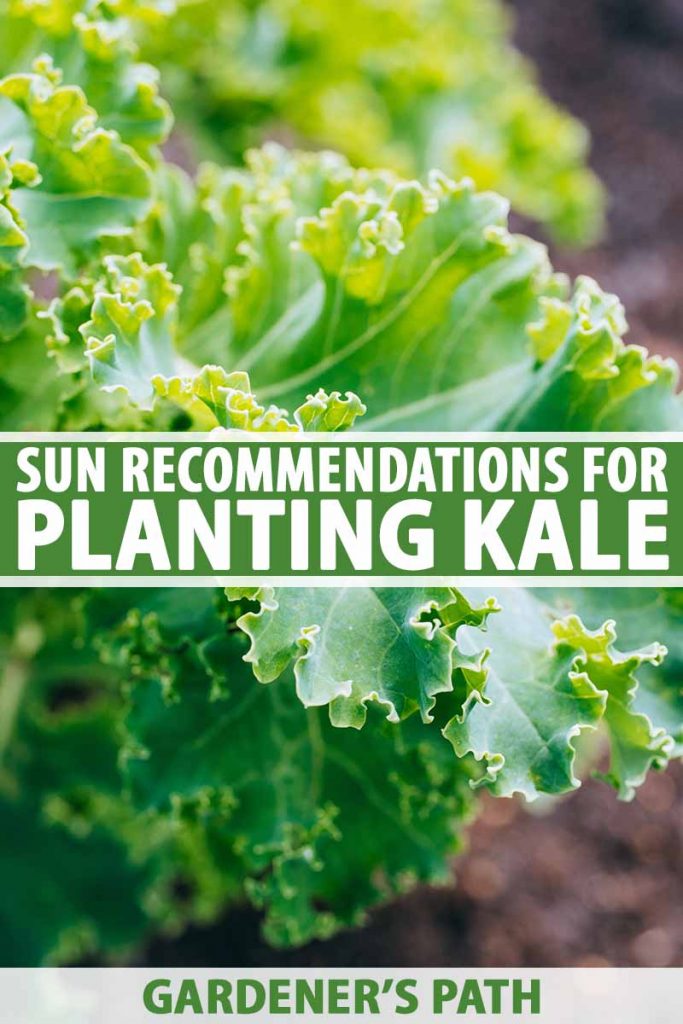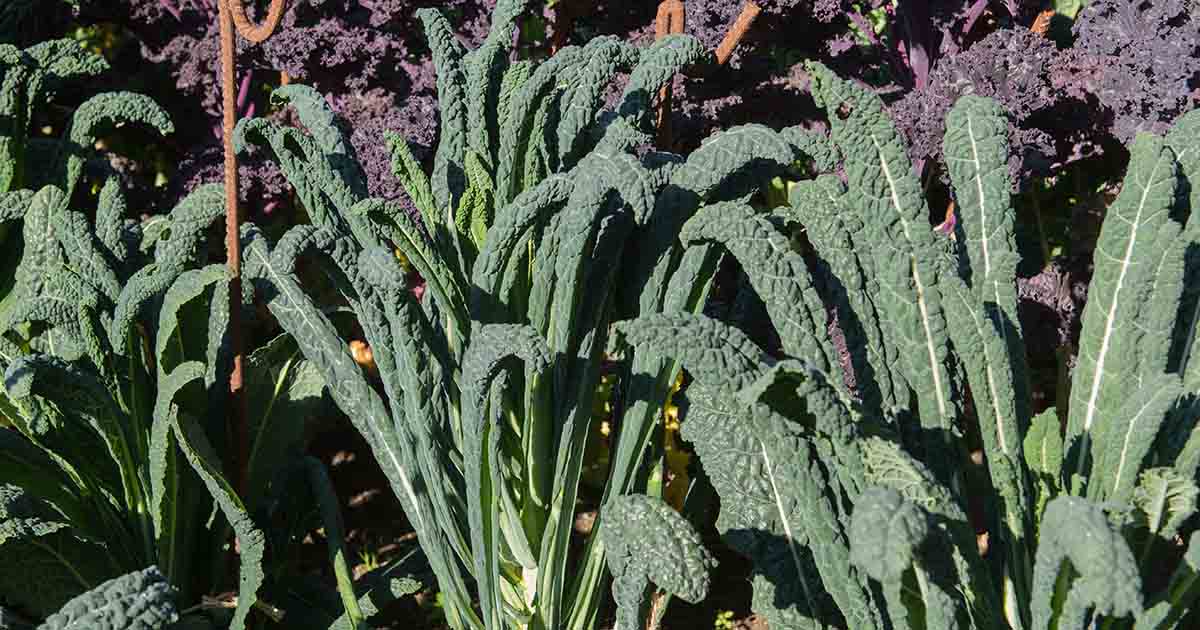
Kale can be a should for the yard vegetable backyard. Rising this veggie at residence makes it simple to have a nutrient-dense inexperienced readily available, proper outdoors your again door.
To be sure you have a gentle provide of this cruciferous vegetable, you’ll need to develop it in the perfect situations – which, after all, consists of realizing how a lot solar to offer it with.
As with a lot of the vital questions in life, this one doesn’t have a simple reply. How a lot solar this member of the Brassicaceae household will want will rely in your rising situations. When you’re new to rising kale, try our full rising information.
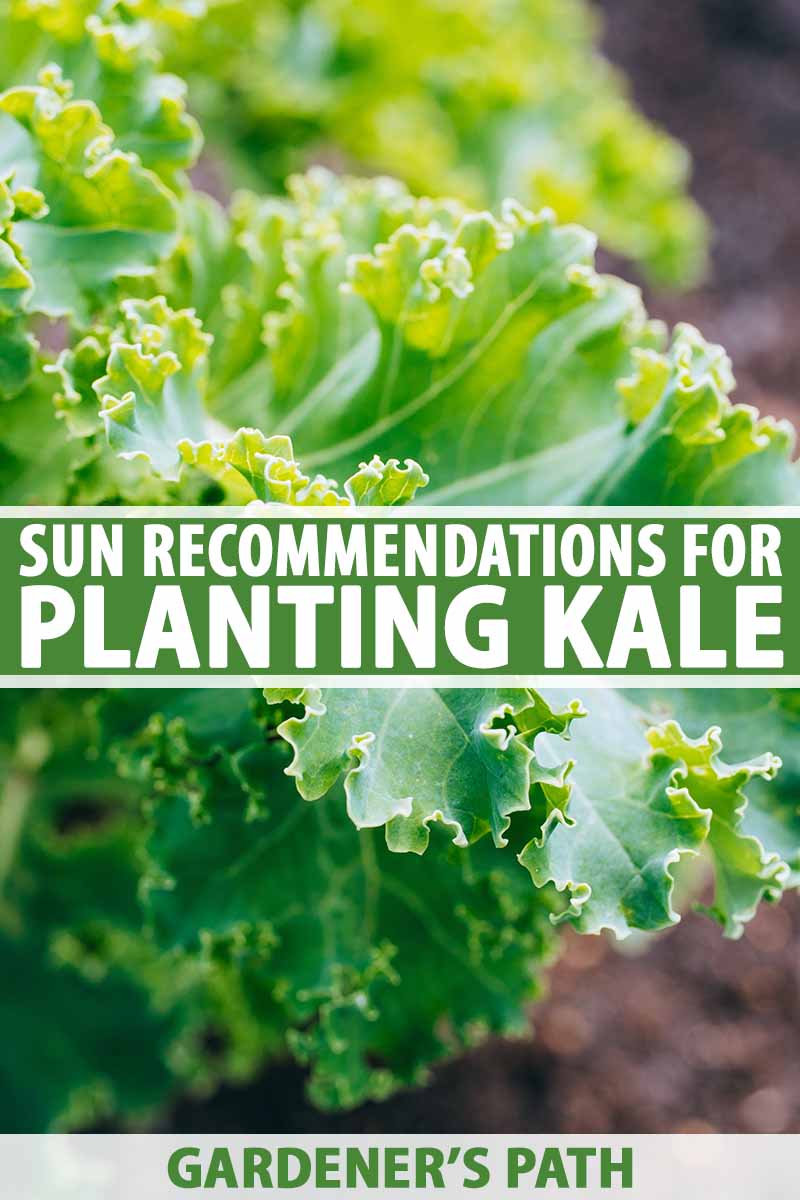
We hyperlink to distributors that can assist you discover related merchandise. When you purchase from one in all our hyperlinks, we might earn a fee.
So, I’ll give you solar suggestions for numerous totally different conditions, and your efforts to develop this superfood at residence must be met with success.
Right here’s what I’ll cowl:
Your Cool Climate Cole Crop
Kale, Brassica oleracea var. acephala, is a cool climate plant – it grows finest and can produce loads of contemporary inexperienced leaves when the temperature is underneath 75°F.
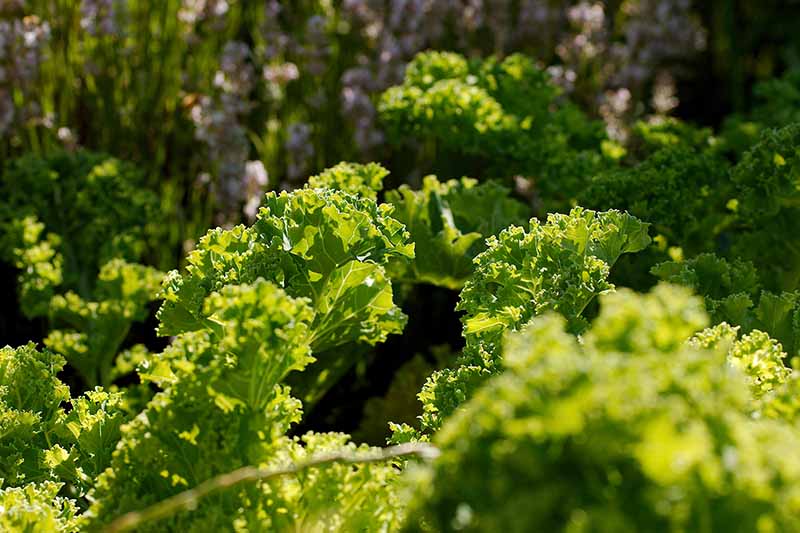
Attributable to these necessities, it’s usually grown in spring or fall all through all USDA Hardiness Zones. In Zones 7-10, it is going to even proceed rising by the winter.
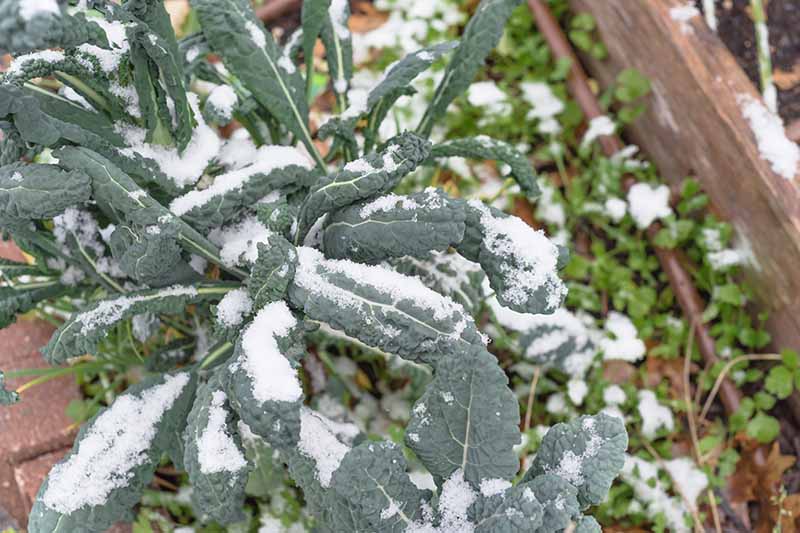
When grown for a spring or fall harvest, this veggie must be positioned in a full solar location. This may give it the surroundings it wants to supply an abundance of leaves.
You may plant it in partial shade throughout spring and fall, however it is going to seemingly produce smaller yields. This can be preferable when you stay in a local weather with sizzling spring or fall temperatures.
Nonetheless, you may need to sacrifice a few of your spring development if you wish to harvest these leafy greens in the course of the summer time months.
The State of affairs with Summer time
Bear in mind, this veggie shouldn’t be a summer time crop by nature – except you reside someplace with comparatively cool summers that keep at or round 75°F.
If that occurs to be your state of affairs, as it’s for a lot of people dwelling within the Pacific Northwest, go forward and place your vegetation in full solar and they’ll fortunately produce leafy greens for you from spring all over to fall.
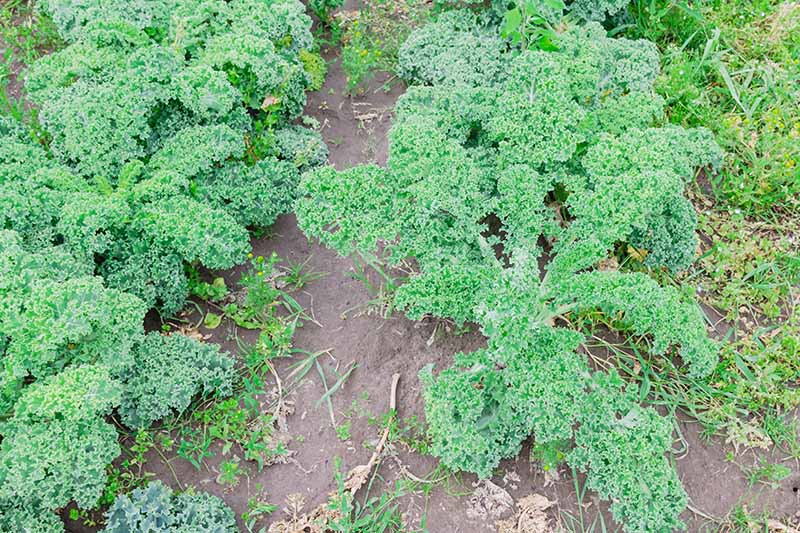
However, if the thought of such cool summer time temperatures seems like a wild fantasy to you, you in all probability stay someplace the place days with highs round 100°F aren’t unusual, like I do.
How do you retain your cool-weather vegetation pleased when the mercury is inclined to rising into the triple digits?
On this state of affairs, you’ll must plant them partly shade.
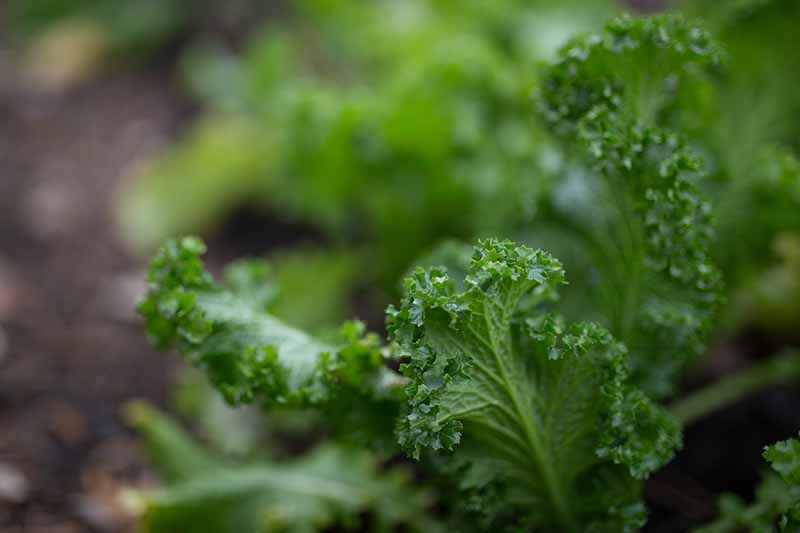
After I lived in North Carolina, I had a dozen raised beds in my small yard that every one acquired some shade in the course of the hottest months – because of a few regal, totally grown willow oak and black walnut timber.

Planted all through my raised beds, my kale thrived all summer time lengthy, with the shade from these well-established timber providing them simply sufficient reduction from the midsummer warmth.
A Multi-Season Resolution
One of many causes rising kale partly shade labored properly for me in Zone 7b was that in spring, these huge oak and walnut timber hadn’t leafed out but, permitting my vegetation to get extra solar.
My vegetation had been already properly established by the point summer time rolled round, and the timber offered them with some a lot wanted shade from the summer time warmth.
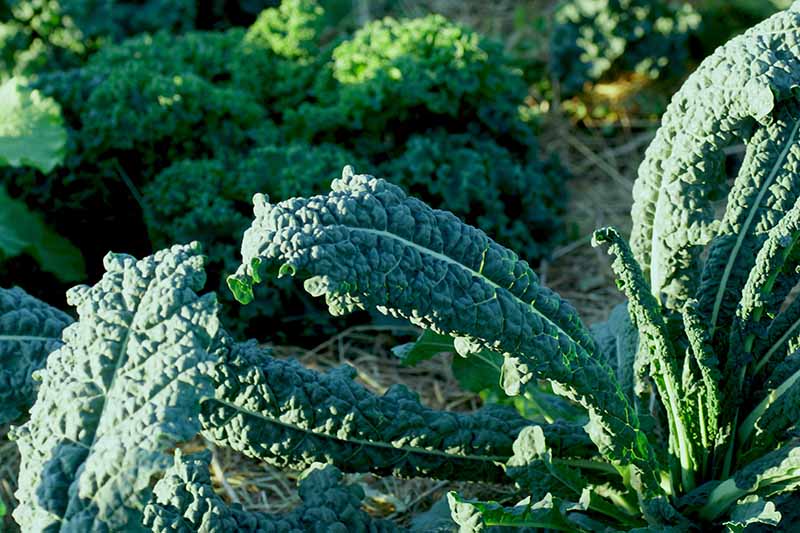
That is the technique I nonetheless undertake with the intention to harvest my favourite leafy greens in spring and summer time – I plant them in a spot that receives full solar in spring, and partial shade in summer time.
You might have a spot like this in your personal backyard. In that case, you might need to give this technique a strive.
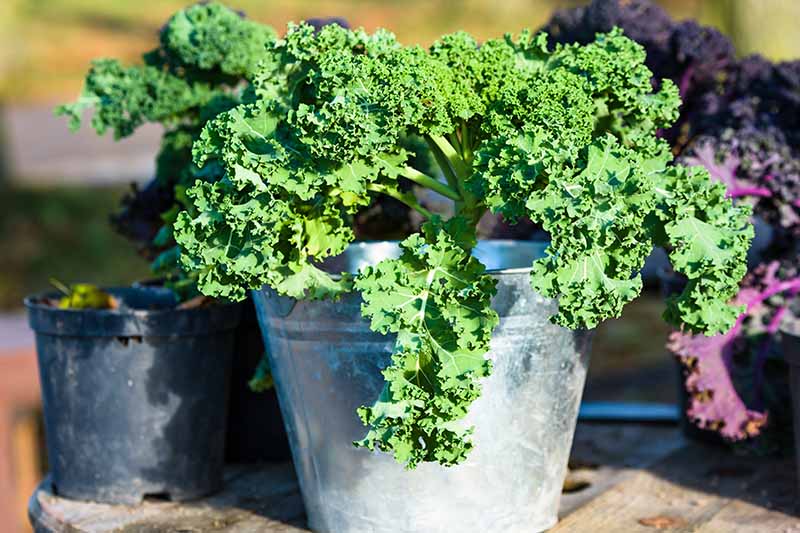
Or, you may strive rising these leafy greens in containers.
Place the containers in a full solar location in spring, after which transfer them to half shade when the summer time solar – and warmth – reaches a peak.
When you’re rising for a fall harvest, begin your containers in partial shade and transfer to full solar when autumn climate arrives.
Simply ensure that to maintain them properly watered, since vegetation dry out extra rapidly in containers.
Fifty Shades of Kale
Sure, there may be fifty methods to shade your kale. My favourite technique to develop it’s the multi-season resolution, so I can harvest it from spring by fall.
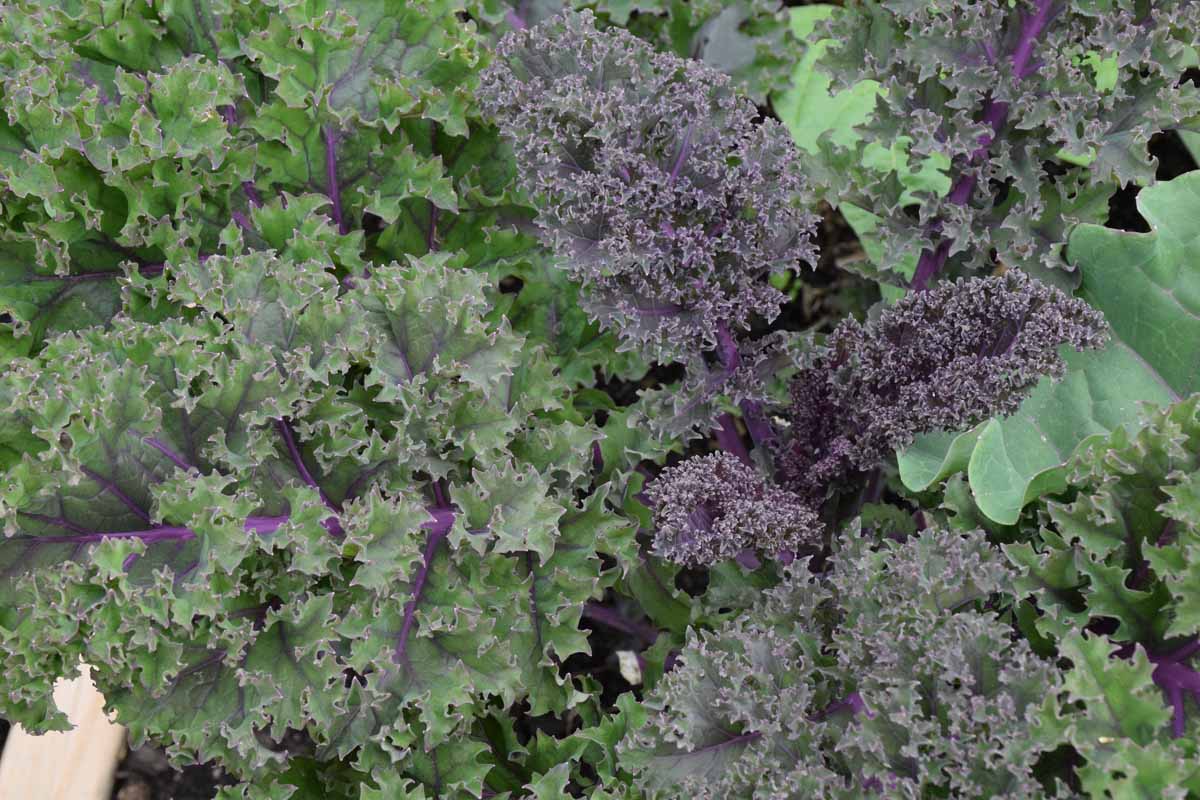
What do you suppose, are you prepared to present this technique a strive? Or will you simply plant your leafy greens in full solar and revel in them in the course of the cool seasons? Tell us within the feedback.
And when you have your thoughts on kale, I extremely suggest these different articles – I take into account them required studying for profitable gardening of this brassica!
